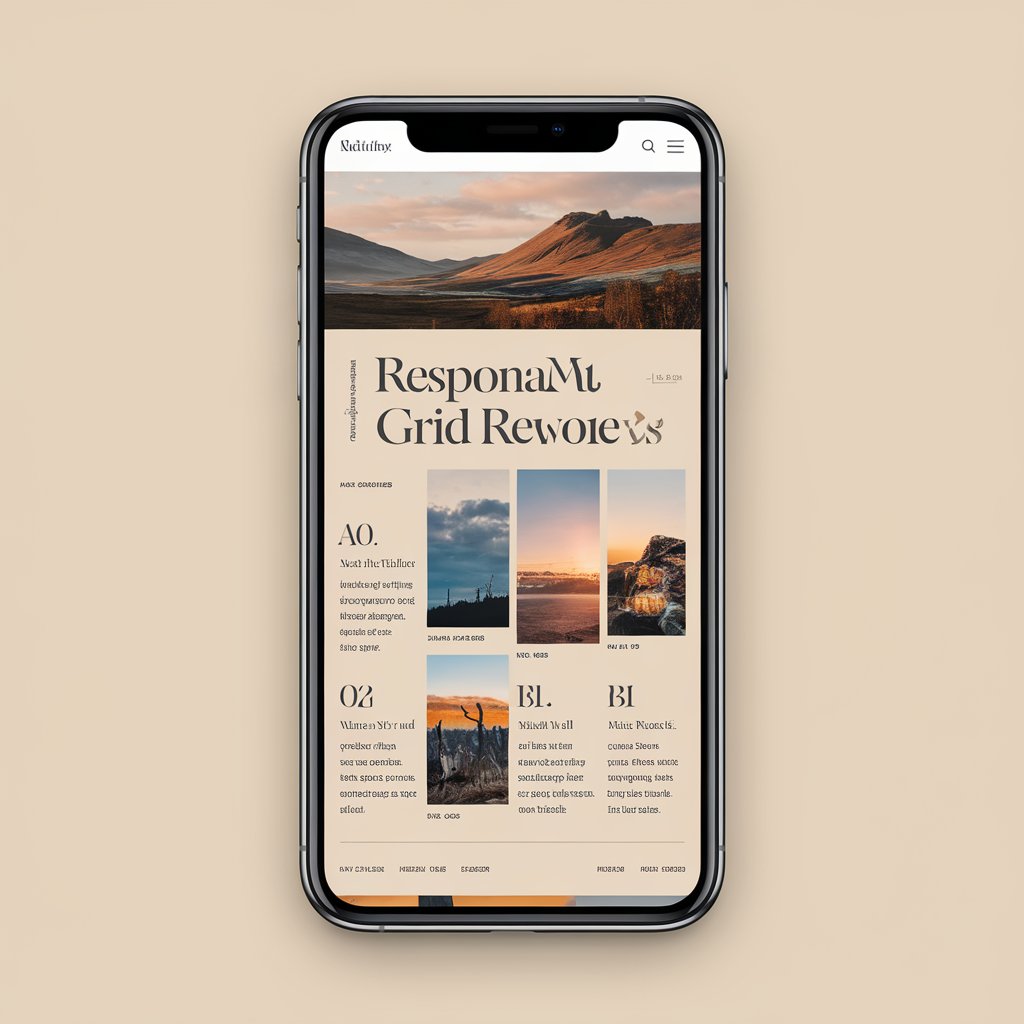
Understanding the Importance of Optimization of Mobile
In today’s world, businesses must focus on the optimization of mobile because many people browse the web on mobile devices. Therefore, websites and apps must work well on mobile.
However, if a site is not mobile-friendly, users may leave fast. As a result, businesses lose valuable opportunities. Moreover, people want easy, smooth experiences. If a site is hard to use, they will likely switch to a competitor instead.
Why Optimization of Mobile Matters
Optimization of Mobile is important today. As a result, more people use smartphones to browse, shop, and connect. However, if your site isn’t mobile-friendly, you may lose customers.
Therefore, optimizing your mobile experience makes visits smooth, fast, and enjoyable. In addition, a seamless experience keeps users happy, encouraging them to return and stay longer. Ultimately, this leads to higher engagement and more conversions.
Advantage of Optimization of Mobile
Optimizing mobile performance makes user experience better. Pages load faster, navigation feels smooth, and the site responds quickly. It keeps users engaged and lowers bounce rates.
More visitors stay, and more sales happen. A well-optimized site ranks higher on search engines, bringing in more traffic. It also works well on all devices, making it easy to use. In the end, it helps businesses grow by keeping users happy.
Make Your Website Mobile-Friendly
Making your website mobile-friendly is key to attracting and keeping visitors. Therefore, make sure your site works well on all screen sizes for a smooth experience. In addition, use responsive design so your site adapts to mobile devices.
Moreover, avoid elements like large images or pop-ups that don’t fit on smaller screens. A mobile-friendly website not only lowers bounce rates but also helps your brand reach more people.
Key Elements of a Seamless Mobile Experience
A smooth mobile experience depends on a few key things. First, these include a responsive design, fast loading, and easy navigation. Specifically, a responsive design makes sure content fits any screen without issues.
Moreover, a simple and clear layout improves user experience. In addition, reducing clutter helps users interact with your content more easily.
Use a Simple and Clean Design
A smooth mobile experience depends on a few key things. First, these include a responsive design, fast loading, and easy navigation. Specifically, a responsive design makes sure content fits any screen without issues.
Moreover, a simple and clear layout improves user experience. In addition, reducing clutter helps users interact with your content more easily.
Designing for Touch: Navigational Best Practices
Designing for touch therefore makes interfaces easy to use on small screens. For this reason, it requires big buttons and enough space between them. In addition, simple gestures also improve interaction.
Moreover, clear labels and well-organized menus help users find things fast. As a result, this makes navigation easier and more satisfying.
Optimize Content for Small Screens
Making content mobile-friendly is important for user engagement. Therefore, use larger fonts and short paragraphs for better readability. Additionally, avoid long text blocks that may overwhelm readers.
Furthermore, place key content at the top so users scroll less. Also, use high-quality images that adjust to different screen sizes. As a result, this keeps browsing simple and enjoyable.
Leveraging Speed and Performance for Engagement
Speed is important for mobile users because they expect fast loading. In fact, even a short delay can make them leave.
To improve speed, you should compress images and reduce server response time. Additionally, using browser caching can make a big difference.
A faster website not only improves user experience but also helps with search rankings. As a result, it can bring in more traffic.
Test and Update Regularly
Regular testing and updates keep your mobile site working well. Additionally, watch how users interact and find problem areas. By identifying these issues, you can fix them to improve their experience. Furthermore, A/B testing helps determine which designs work best.
Moreover, update your site to match new trends and technology. Even small changes can make a big difference. Ultimately, keeping your site user-friendly ensures people stay engaged and happy.
Track User Behavior and Improve
Tracking user behavior helps improve your mobile experience. For example, you can use analytics tools to see what pages visitors check, how long they stay, and where they leave. As a result, this data highlights problem areas that need fixing.
Furthermore, analyzing trends helps you make better decisions. By improving these areas, you can boost user engagement and satisfaction. Ultimately, a well-optimized site meets user needs and keeps them coming back.
Disadvantage of Optimization of Mobile
Mobile optimization has some downsides. It can be expensive and take a lot of time. Websites need regular updates to keep up with new technology. Too much optimization can limit design choices.
Some features may not work well on all devices. Technical issues like slow loading and compatibility problems can still happen. Even with optimization, the user experience may not always be perfect.





http://terios2.ru/forums/index.php?autocom=gallery&req=si&img=4552